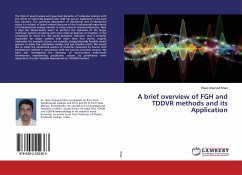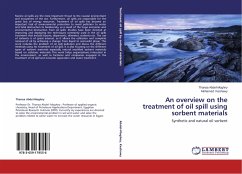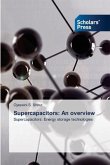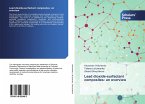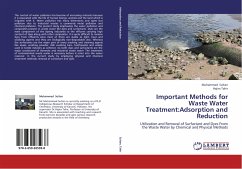The field of spectroscopy and quantum dynamics of molecular systems with the effect of externally applied laser field has grown explosively in the past few decades. The quantum description of vibrational and ro-vibrational states is a subject of great interest because of the fundamental importance of intramolecular energy transfer in many areas of chemical dynamics. Now a days the theoreticians want to perform the dynamics of the larger molecular systems consisting with more internal degrees of freedom, in full complexity to mimic the real world problems. However, that is certainly impossible for larger systems with more than four atoms, organic molecules, for example. Hence, we consider computationally feasible model systems to make the calculation simpler and get feasible result. We would like to study the vibrational spectra of triatomic molecules by Fourier Grid Hamiltonian method in conjunction with the Lanczos recursion scheme. We have also investigated the dynamics of multi-surface multi-mode Hamiltonian representing polyatomic cations by parallelized time-dependent Discrete Variable Representation (TDDVR) method.
Bitte wählen Sie Ihr Anliegen aus.
Rechnungen
Retourenschein anfordern
Bestellstatus
Storno

